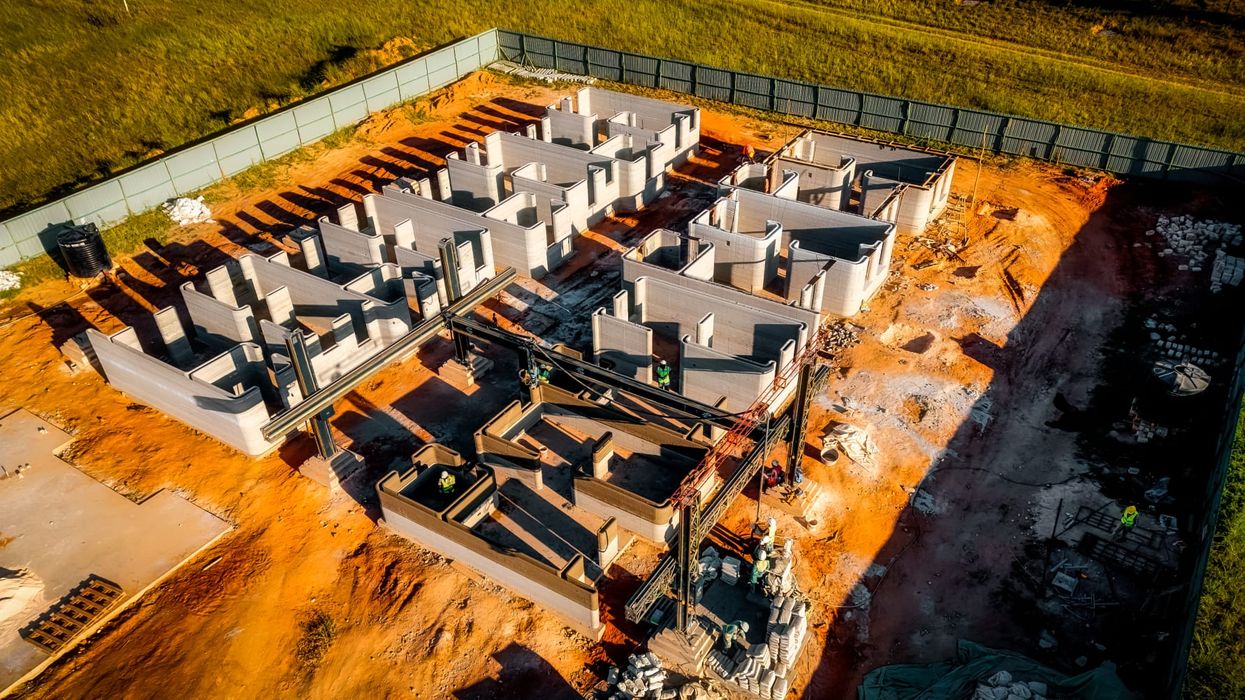
COBOD reports incredible progress on one of their several 3D printed home projects.
The Danish company is one of the leaders in construction 3D printing, with their massive BOD2 device being able to extrude concrete structures up to several stories in height.
One of the key applications for this technology is the rapid production of residential homes. To be very clear, this is most definitely NOT 3D printing entire homes. Instead what is meant is that the concrete portions of the home are printed, while the remainder of the project requires traditional construction trades, including plumbing, HVAC, electrical, etc.
COBOD is in a bit of a promotional campaign along with several of their competitors in rapidly producing printed residences. This week COBOD issued a press release describing their progress on one of the larger projects undertaken to date.
The project is to produce a series of ten homes in Kilifi, Kenya. The homes are not tiny, ranging in size from 56-76sm (616-836sf), and including two or three bedrooms.
COBOD reports their partners, Holcim and 14Trees, were able to successfully complete the ten homes in the October to January period. Notably, they say:
“No other completed 3D construction printing project is currently larger than that, in the US or elsewhere.”
If true, this project in Kenya is currently the largest cluster of 3D printed residences on the planet, at least for now. The project eventually intends on producing up to 52 homes in this fashion.
Again, this is only the concrete portions of these homes. Regular trades would then take over and complete the finishing parts of each structure to make them truly livable.
There are other projects underway that intend on printing more, up to 100 homes in one case.
The Kenya project is intended as a demonstration of the possibility to produce “climate-resistant” homes, which will become increasingly important due to the climate emergency.
It’s good news for COBOD to achieve this milestone, and making news from it is one of many we will likely see going forward. The construction market is massive, and the few players doing 3D printed construction are all vying for attention to help their operations grow.
Via COBOD
